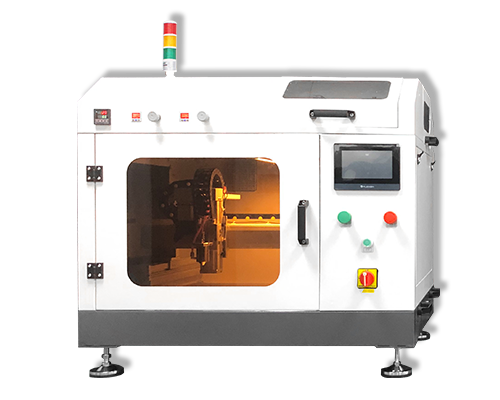Fuel Cell Catalyst
Fuel cell catalyst is an important part of fuel cell, which is used to promote the reaction of the battery, improve efficiency, improve environmental performance, and reduce the consumption of battery consumables. It is a key technology for the development of fuel cells.
1. Types of catalysts
1.1 Metal-based catalysts. Metal catalysts are catalysts prepared by adding metal elements as the main raw material and adding other auxiliary materials. Its structural shape can be crystal, particle or mixed type. The commonly used metal catalysts include platinum group metal catalysts, palladium group metal catalysts, rhodium group metal catalysts and the like.
1.2 Nonmetal-based catalysts. Non-metallic catalysts are mainly composed of certain non-metallic elements, and the commonly used non-metallic catalysts include organic catalysts, oxide catalysts, carbon catalysts and carbon catalysts.
2. The role of the catalyst
2.1 Improve the reaction rate. Catalysts can change the activation energy of the reactants, reduce the temperature of the reaction, and thus increase the rate of the reaction.
2.2 Improve environmental performance. The catalyst can change the activation energy of the reaction, increase the activity of the reaction, make the reaction produce favorable environmental performance, and reduce the emission of harmful substances.
2.3 Reduce consumption of consumables. Catalysts can reduce the consumption of reactants, reduce the energy consumed by the battery, reduce pollution, and improve the efficiency of the battery.
3. Research and development of catalysts
3.1 Improve the performance of metal catalysts. Metal catalysts are commonly used catalysts in fuel cells. Researchers are working hard to improve the performance of metal catalysts, such as improving the structure of the active center, increasing the stability of the catalyst, and reducing the consumption of battery consumables.
3.2 Improve the performance of non-metallic catalysts. Non-metallic catalysts have good environmental performance and heat resistance, but their performance needs to be improved. Researchers are working hard to improve the activity, stability and durability of non-metallic catalysts to better meet the performance requirements of fuel cells.
3.3 Development of multifunctional catalysts. Researchers are working to develop a multifunctional catalyst that can simultaneously meet the environmental performance requirements, heat resistance and durability requirements of fuel cells, as well as the requirements for improving cell efficiency, improving cell reliability and operability.
4. Prospects for the development of catalysts
With the increasingly serious energy and environmental problems, fuel cells, as an important carrier of renewable energy, are receiving more and more attention and applications. As a key technology of fuel cells, catalysts play an important role and will continue to receive extensive attention in the future. Researchers will continue to work hard to improve the performance of catalysts and develop new multifunctional catalysts to meet the performance requirements of fuel cells and promote the development of fuel cells.
About Cheersonic
Cheersonic is the leading developer and manufacturer of ultrasonic coating systems for applying precise, thin film coatings to protect, strengthen or smooth surfaces on parts and components for the microelectronics/electronics, alternative energy, medical and industrial markets, including specialized glass applications in construction and automotive.
Our coating solutions are environmentally-friendly, efficient and highly reliable, and enable dramatic reductions in overspray, savings in raw material, water and energy usage and provide improved process repeatability, transfer efficiency, high uniformity and reduced emissions.
Chinese Website: Cheersonic Provides Professional Coating Solutions


